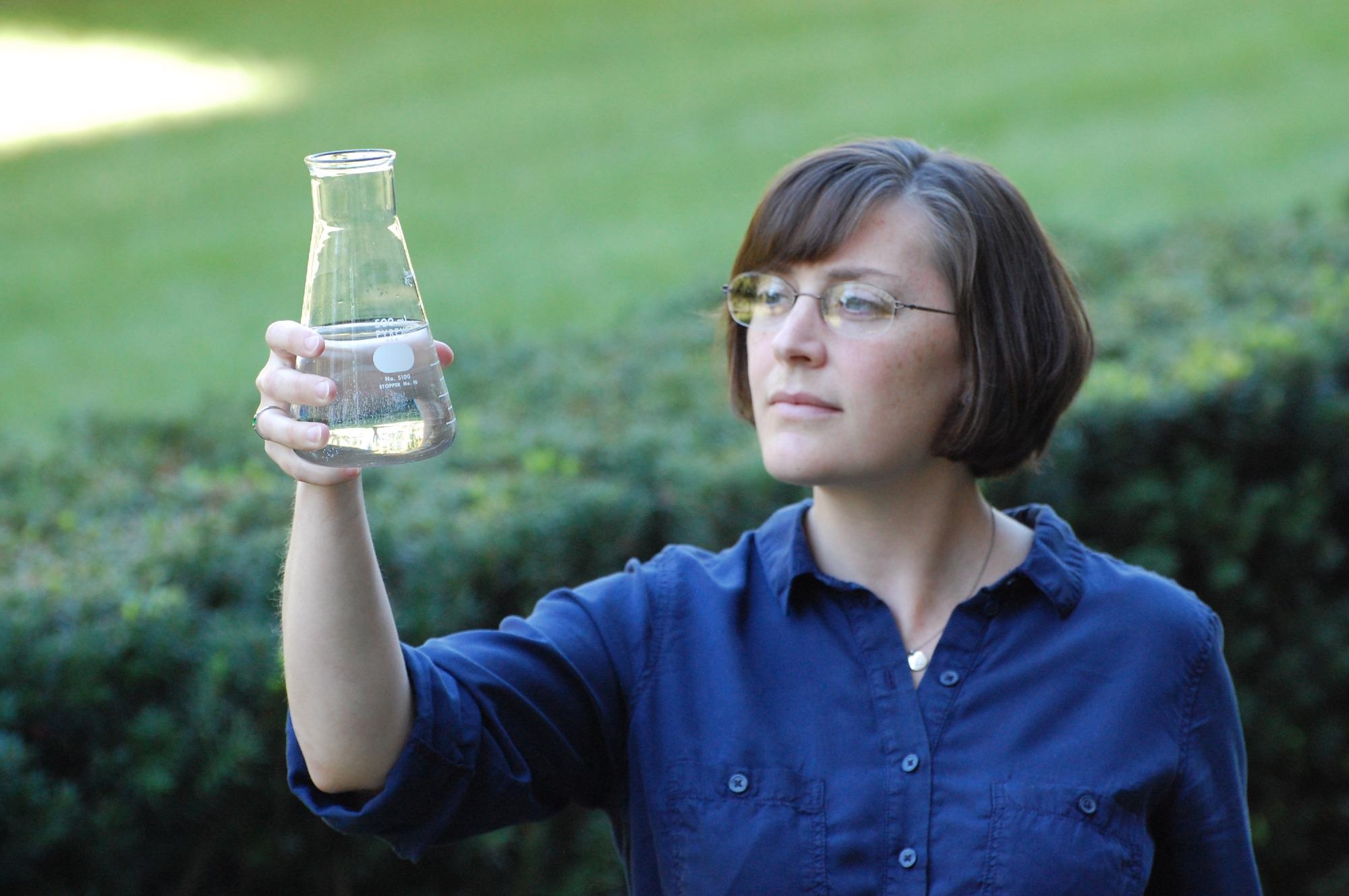AZoCleantech spoke to Dr. Laura Christianson P.E. about current water quality conservation practices and how they may not go far enough in providing environmental benefits. Christianson goes into detail about her unique study in this interview.
How did you begin your research into nitrous oxide emissions and their effect on the environment?
I’ve studied nitrogen and agriculture for 15 years since my Ph.D., but my main focus has been nitrogen leaching and water pollution. I’ve had a few opportunities to collaborate with others who are investigating gaseous forms of nitrogen, such as nitrous oxide, which is a greenhouse gas. The nitrogen cycle has been happening for millions of years. That makes it exciting for me as a scientist to develop a better understanding of this element that is essential for life but can also be involved in water and air pollution.
What current water quality conservation practices are in place across the Midwest?
There are many good conservation practices that help keep farm drainage waters clean and reduce runoff. The practice of a winter cover crop is one of our most widely promoted practices. These cover crops protect the soil over the winter compared to having a field fallow. My particular expertise involves woodchip bioreactors which are trenches full of woodchips that clean nitrogen pollution out of tile drainage water using the natural process of denitrification.
How important are these practices to the health of farms and the environment?
Cover crops, bioreactors, wetlands, improving the way we manage nitrogen fertilizer, and many other practices are central to reducing the amount of nitrogen that is sent downstream from my state of Illinois in the US. We know nitrogen in water causes water quality problems locally and downstream. Increasingly doing these recommended practices will help demonstrate we are serious about being better upstream neighbors.
Can you tell us how you carried out your research and what your results reveal about these conservation practices?
In this particular study, we used 16 two-acre plots that each had tile drainage pipes 3 ft underneath them in the soil.
On top of the plots, we did a variety of nitrogen fertilizer management treatments and included one treatment with a cereal rye cover crop. We found that following recommended nitrogen fertilizer management practices along with carrying out a cover crop resulted in less nitrogen leaching to the tile drainage water. However, we also measured nitrous oxide gas that came up through the plots’ soil surface and found the cover crop treatment released spikes of nitrous oxide as the cereal rye biomass decomposed. That was a tradeoff for this practice that is important for us to meet water quality goals.

Image Credit: University of Illinois
What is unique about your research?
Although nitrogen is one of the most important elements for life on this plant and is essential for growing crops, there have been very few studies that simultaneously evaluated both nitrogen that leached into water and nitrogen that was emitted as nitrous oxide gas through the soil surface. Achieving both water quality and climate goals is important so this was a good step toward more comprehensive assessments.
What is nitrous oxide and how is it released?
Nitrous oxide is a greenhouse gas that is nearly 300 times more powerful than carbon dioxide in terms of global warming potential. Nitrous oxide emitted from soils generally results from the process of denitrification, which is a natural part of the nitrogen cycle. Nitrous oxide emitted from agricultural soils is impacted by a combination of both controllable and uncontrollable factors: soil moisture, soil temperature, soil pH, and carbon and nitrogen availability. And, yes, this is the same nitrous oxide molecule used at your dentist’s office: laughing gas.
What potential management strategies could be put in place to reduce nitrous oxide emission spikes at different times of the year?
In terms of our particular research, the next steps would be to assess if nitrous oxide emissions can be reduced by growing a different species of cover crop or by managing the cover crop differently (such as terminating it differently, incorporating the biomass, etc.).
What are the next steps for your research?
We are now studying new cover crops and cropping strategies on our drainage research plots.
Where can readers find more information?
The article upon which this press release was based is available online for free here:
Preza-Fontes, G., L. E. Christianson, K. Greer, R. Bhattarai, and C. M. Pittelkow (2022) In-season split nitrogen application and cover cropping effects on nitrous oxide emissions in rainfed maize. Agriculture, Ecosystems, and Environment 326:107813. https://doi.org/10.1016/j.agee.2021.107813
About Dr. Laura Christianson P.E.
 Dr. Laura Christianson P.E., Assistant Professor of Water Quality in the Department of Crop Sciences at the University of Illinois, founded and co-leads the Illinois Drainage Research and Outreach Program (I-DROP).
Dr. Laura Christianson P.E., Assistant Professor of Water Quality in the Department of Crop Sciences at the University of Illinois, founded and co-leads the Illinois Drainage Research and Outreach Program (I-DROP).
She formerly worked as a research engineer on the design of woodchip bioreactors for removal of nitrate from point and non-point sources, studied options to improve ditch drainage water quality in the Mid-Atlantic, and has done water quality research as a Fulbright Fellow in New Zealand.
Dr. Christianson was awarded the American Society of Agronomy Environmental Quality section 2018 Inspiring Young Scientist Award and was honored with the ASABE’s Larry W. Turner Young Extension Professional Award in 2020. She is a licensed professional engineer in the state of Illinois.
Disclaimer: The views expressed here are those of the interviewee and do not necessarily represent the views of AZoM.com Limited (T/A) AZoNetwork, the owner and operator of this website. This disclaimer forms part of the Terms and Conditions of use of this website.